There’s Barcelona, Granada, and the Canary Islands, but if you’re looking to visit places off the beaten path, brimming with hidden gems for outdoor enthusiasts and foodies, these Spanish towns are for you.
Alhama de Granada
If you’re looking for something off the beaten path, Alhama de Granada is it. Not to be confused with the Alhambra (the famous cathedral located in the city of Granada), the town of Alhama is about an hour drive along a winding, dirt road to the southwest of Granada.
Perched at the top of a plunging gorge, Alhama offers some of the most incredibly breathtaking natural landscape I’ve ever encountered anywhere in the world. The pictquerque little village has a mountainous backdrop, and its white buildings splayed out across the hills glow when the morning sun hits them.
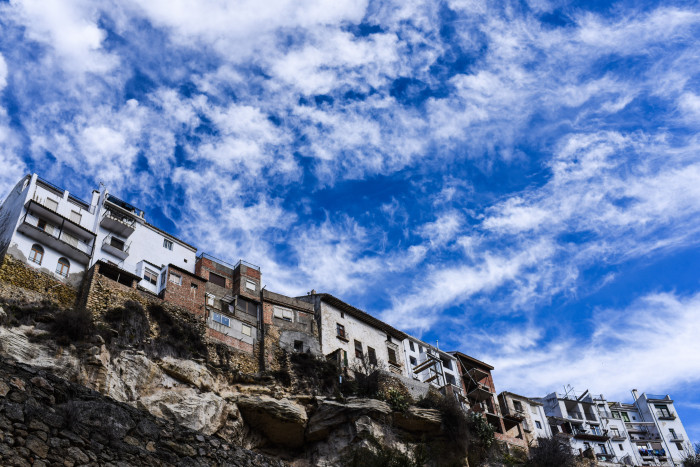

You can hike down through the gorge or wander around the hilly streets of the small town, but the biggest draw to this little pueblo are the natural hot springs. Located just a few minute drive, or about a 30-minute walk outside the town center, the hot springs form three natural baths seated right above a cold river.
How to get there
The fastest means of arriving to Alhama de Granada is by car. The drive is about 45 minutes from Granada and 90 minutes from Malaga. For 6 euros each way you can also catch an Alsa bus to Alhama from the Granada bus station. The bus runs three times a day Monday through Friday and once a day on Saturdays, Sundays and holidays.
If you’re feeling more adventurous, and your Spanish is good enough to understand the thick Andalusian accent, you can hitch a ride on a local shuttle that caravans people back and forth from Granada central everyday. Just meet at the bus stop – located at the roundabout next to Parque Duque de Mandas – around 2pm.
Best time to go
Andalusians like to say they have four estaciones (seasons): verano (summer), invierno (winter), estacion del bus (the bus station) and estacion del tren (the train station). But what they consider winter, the rest of us would probably consider fall, and it’s during these months (October and November) that the leaves turn bright yellow and the scorching Spanish sun isn’t quite so intense. The temperature still hovers around 70 degrees in October and drops to an average of a cool 60 come November. If you do go in November or later, you can catch the mountains in their snow-topped glory, and still survive without a winter coat.
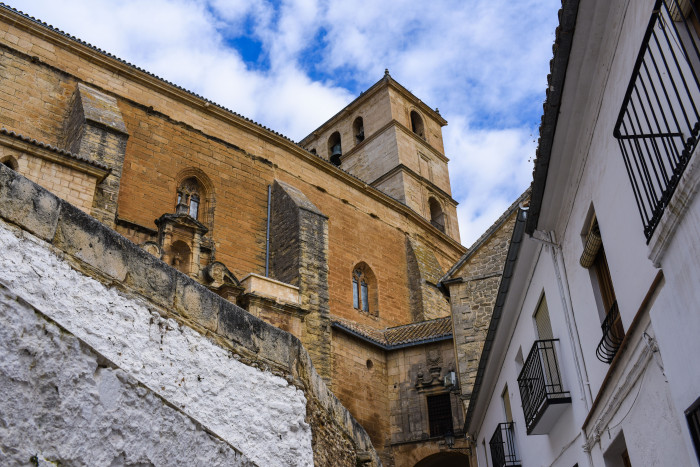
Cost
Spain is notoriously cheap, and the small pueblos even more so. If you’re spending more than 1.50 for a cafe con leche (coffee with milk), you’re paying too much. You can enjoy a variety of tapas for less than 10 euros – in addition to the tapas that that come free with your drinks. Or enjoy a three course menu del dia for 10 to 15 euros for the full Spanish lunch experience. If you want to stay the night, hotels range from $40 to $90 for a room. Learn more about Alhama de Granada here.
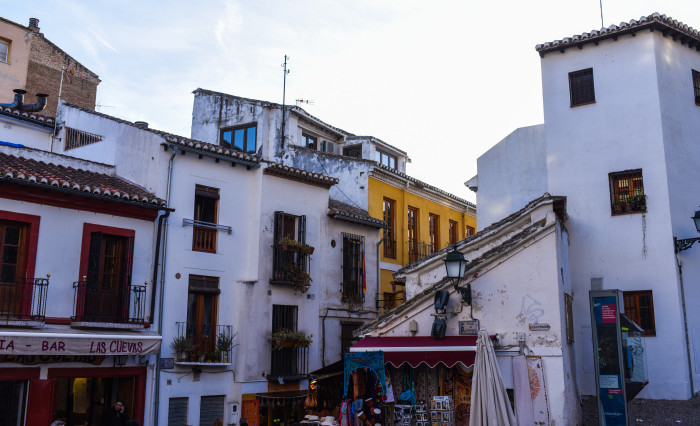
Deia, Mallorca
Deia is the most difficult town to access on this list. It’s located on the Western edge of Mallorca, one of the Balearic Islands off the coast of Barcelona. But if you can make the short Mediterranean jump, it’s well worth the trip. This little hilltop village is surrounded by the stunning Tramuntana Mountains on one side and crystal clear Mediterranean ocean on the other. The town has a more bohemian vibe than you would find in most small towns in mainland Spain and is filled with artist shops and museums.
Take the short hike down the road to Cala Deia Beach where you’ll find a huge, pristine rock pool that opens out into the Mediterranean ocean. You can jump off huge rocks into the clear water or rest in the shade of cave-like formations. A cafe at the beach offers classic Spanish refreshments – light beer and bocadillos (sandwiches on baguettes).
How to get there
Flights from Barcelona to Palma de Mallorca run as cheap as 18 euros on Ryanair. From the Palma bus station, you can catch bus route 210, which runs a few times a day every day of the week and stops right in the town of Deia.
Best time to go
May is the prime time to visit Deia – and Mallorca in general – because the sun hasn’t hit it’s full blazing peak, and the temperature hovers around the high 70s, low 80s. Springtime is also right before peak tourist season so the most popular destinations will be less crowded, with a more authentic, local feel.
Cost
Island life is generally more expensive no matter where you are in the world, and Deia’s especially secluded location makes it even more so. Groceries are significantly pricier here than they are on mainland Spain, and eating out will cost you between 10 and 15 euros.
Nerja
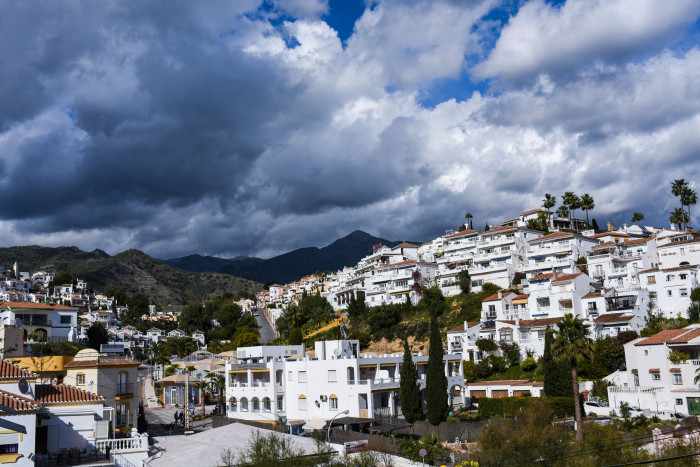
If you’re looking for fresh and flavorful seafood and a little bit of adventure, Nerja is the place to go. But be prepared, once you eat the paella in this southern, coastal town, all other seafood rice dishes will pale in comparison.
For the best paella of your life, head down to the beach and walk East until you hit Chiringuito Ayo, a beach-side restaurant with a huge white tent and dozens of plastic tables sitting in the sand. Hand your plate over to one of the cooks who’s whipping up batches of bright yellow paella in four-foot-wide pans over wood fires.
Continue eating and filling up your plate until you can’t move. Then, when you’re done, you pay seven euros for the mountain of food.
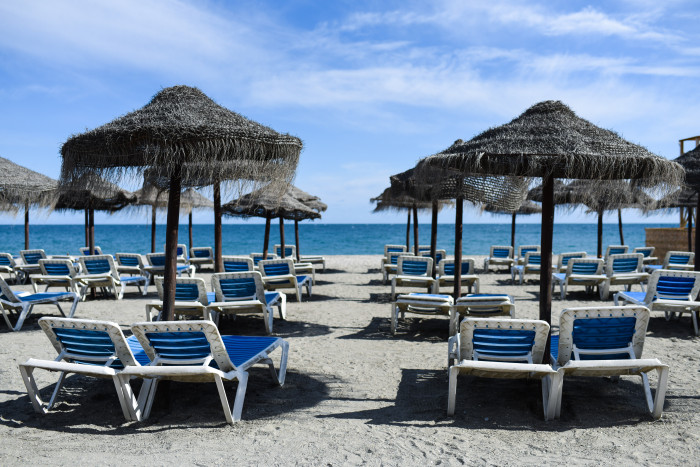
If you’re feeling adventurous, or even mobile, after the paella, you can walk farther east up the road to the Caves of Nerja and take a tour through the gigantic caverns the lay hidden below the countryside.
How to get there
Nerja is less than an hour away from both Malaga and Granada by car, and Blabla cars drive to and from the towns on a daily basis. Blabla car is like the inexpensive, carpool version of Uber. It’s a great way to travel around Europe without spending a ton of money, and meet a bunch of locals and fellow travelers while you’re at it.
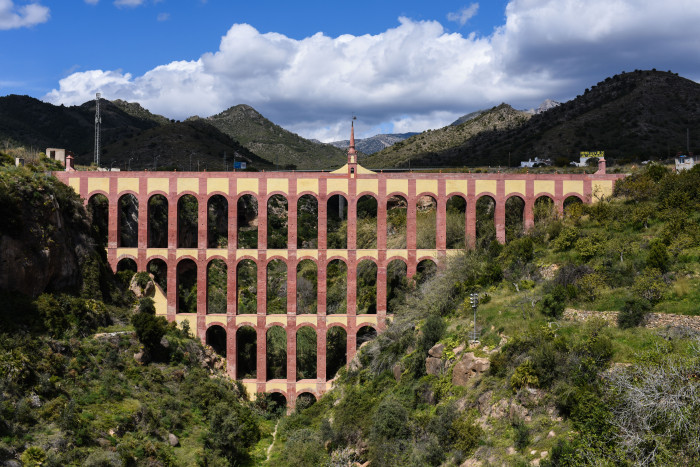
Best time to go
Nerja stays surprisingly cool into the spring months for how far south it is, but the summer months are peak tourist season, so there are tradeoffs to both. The town empties out during the winter, but as soon as March and April hit, tourists start to make their way south.
Cost
This coastal town is especially popular with older, British tourists, so the prices are noticeably higher here than they are in smaller, lesser-known pueblos. You’ll still be able to find a menu del dia for 10 euros, but a cafe con leche might run closer to 2 euros or 2.50, and free tapas are a rarity.
Cape Finisterre
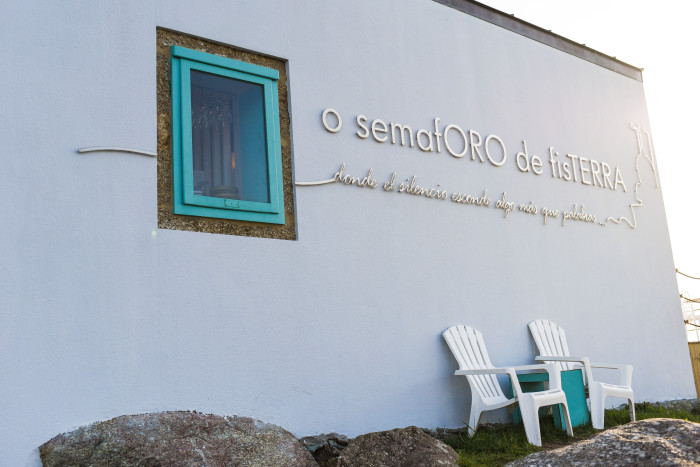
Ok, I kind of cheated with this one because Cape Finisterre isn’t a town so much as it is a rocky peninsula. But the history and cultural significance make it well worth a trip. This is the very last stop of the 500-mile long pilgrimage that starts in France and winds its way through four regions of Spain. The Camino de Santiago (The Way of Saint James) is a network of ancient pilgrimage routes that end here, at Finisterre, the spot ancient Romans once believed to be the end of the world.
There’s very little on the peninsula, only a restaurant and souvenir shop, but you’ll get to watch as weary hikers burn their clothes at the foot of a stone cross, or as the fresh faced and clean clothed start their pilgrimage in the opposite direction.
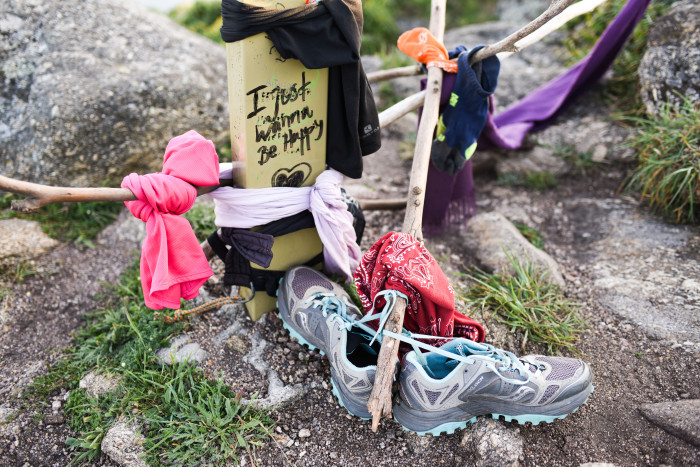
How to get there
The most popular mode of transportation to get to Cape Finisterre is by foot, often after hiking another 400+ miles. But if you’re not feeling up to the months-long pilgrimage, it’s about an hour and 15 minute drive from Santiago de Compostela, or take an 8-euro Monbus from the bus station in Santiago.
Best time to go
Galicia is known for its rain, and Cape Finisterre is no exception. The weather can be unpredictable all year round in the northwestern region of Spain, but is more dependably rainy during the winter months (November – February). Come spring and summertime, Galicia transforms into the perfect travel destination. In June, the average temperature is in the high 60s, low 70s, and rarely gets higher than the 80s in the hottest months. It also rains a lot less during the summer so you’ll be more likely to enjoy a sunny, breezy day on the coast than you would any other time of year.
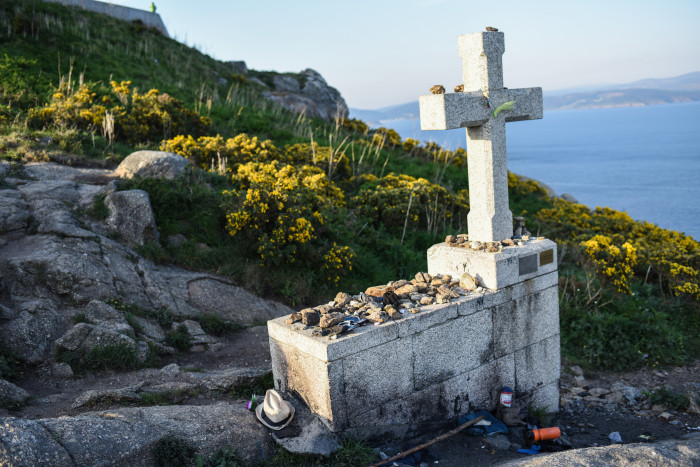
Cost
Galicia is one of the cheapest regions in Spain, and since there’s not a lot to pay to do at Cape Finisterre, it’s an inexpensive stop. It also has one of the most interesting and inexpensive souvenir selections I’ve seen, and that alone makes the trip worth it.
Ronda
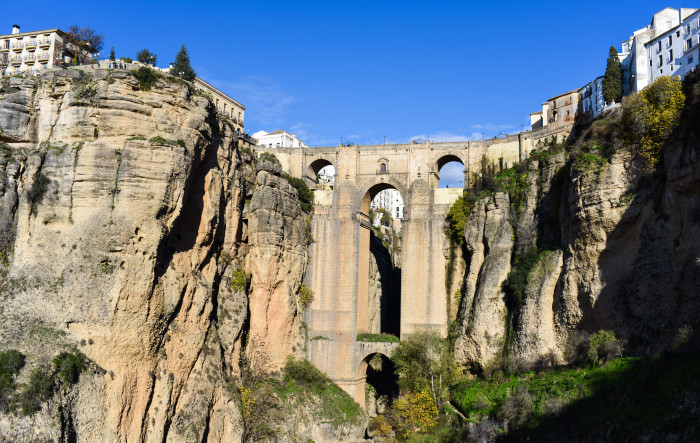
Another Andalusian treasure with incredible natural landscape, Ronda is the perfect day trip destination. Like Alhama de Granada, Ronda is a town perched on top of a gorge, but unlike Alhama, which is located all on one side of a gorge, Ronda straddles a 300-foot chasm.

The largest of the three bridges that connects the two sides of Ronda, Puente Nuevo, has a jaw-dropping arch that plunges into a chasm below. You can walk down the gorge and under the 300-foot arch and look up at the city of Ronda from the canyon floor.
Ronda is also home to one of the oldest bullrings in Spain with the largest rueda (the circular, sandy arena of the bullring) at 66 meters. Now, the bullring hosts only one bullfight a year, during a festival in September. During the rest of the year, visitors can tour the bullring, visit the museum and attend events held at the historic landmark.
How to get there
There’s no direct bus route from Granada to Ronda, but there is a significantly more comfortable and spacious train that takes two and a half hours and costs 12 euros each way, and leaves from the Granada train station.
Best time to go
Ronda has very mild to cool temperatures, with the hottest getting only into the 70s during July and down to the 50s in January. But the stunning landscape makes it an incredible sight in both the spring and the fall.
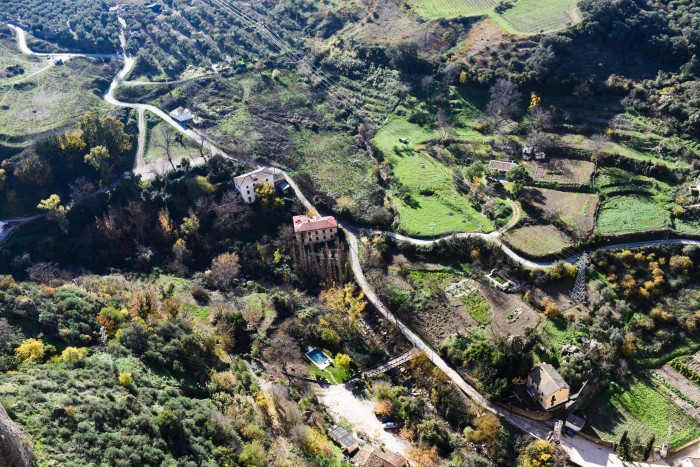
Cost
Ronda draws a pretty significant tourist crowd for its stunning natural geography, which drives up cost slightly, but you can still find get a meal for under 10 euros and a room for as low as 30 euros a night.
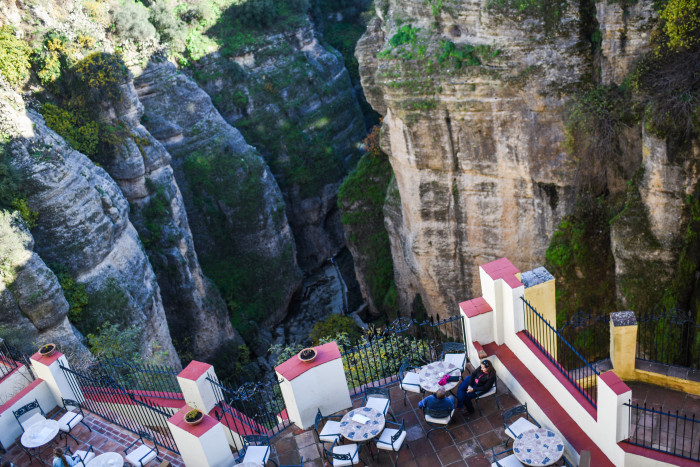

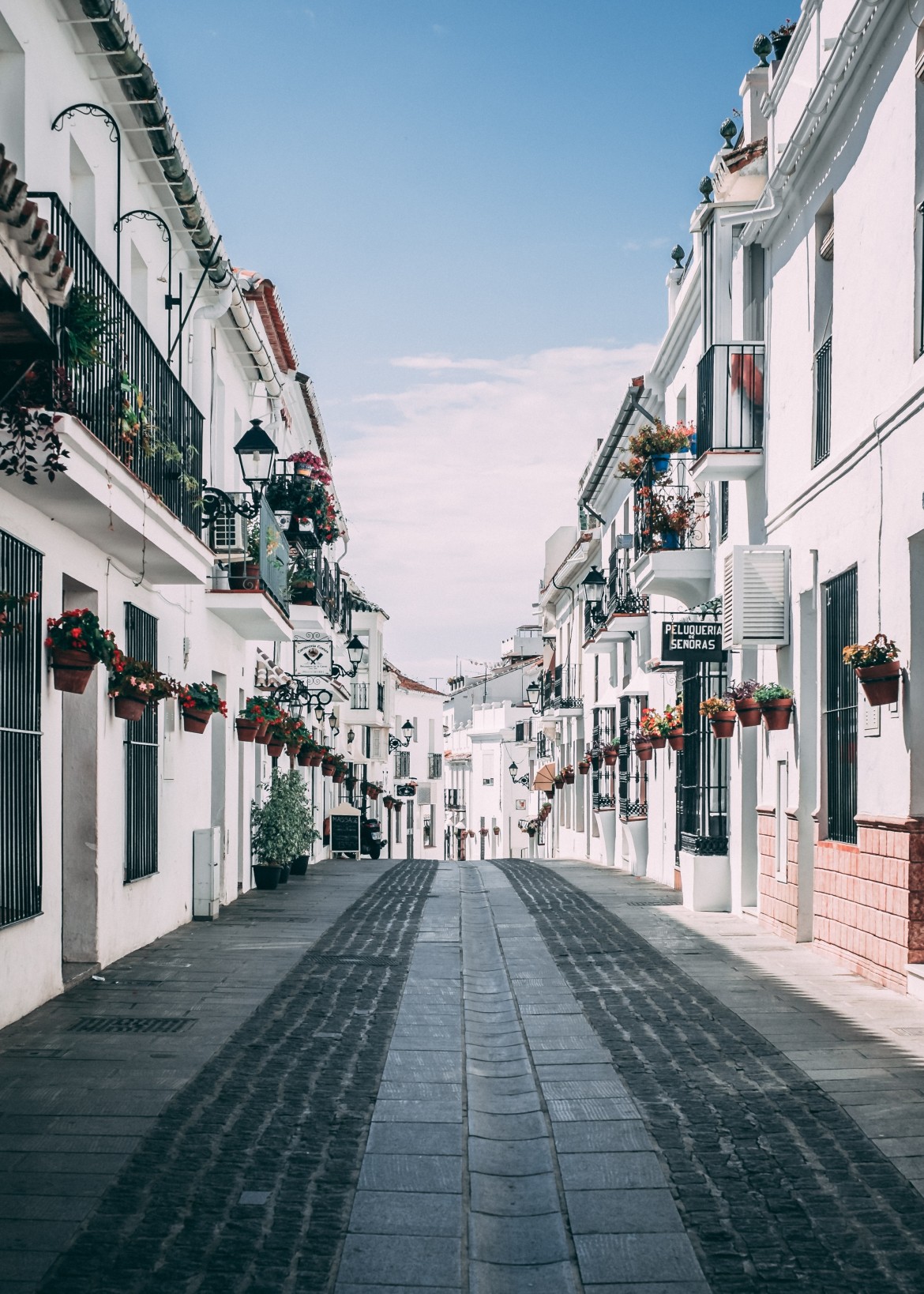






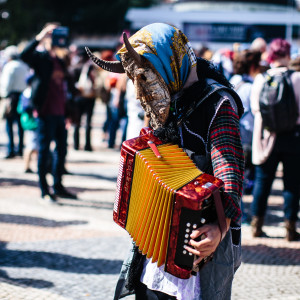


Leave a reply